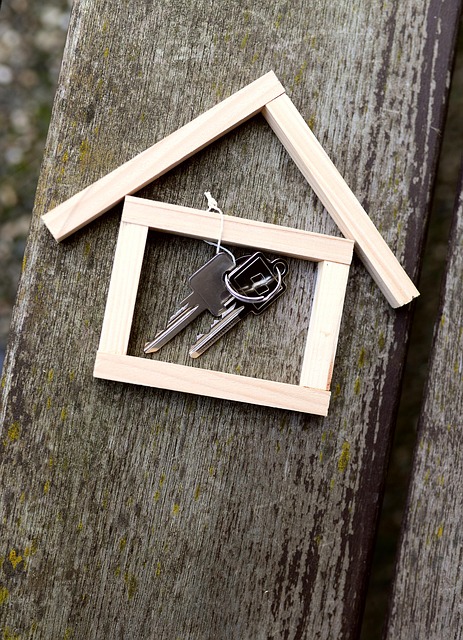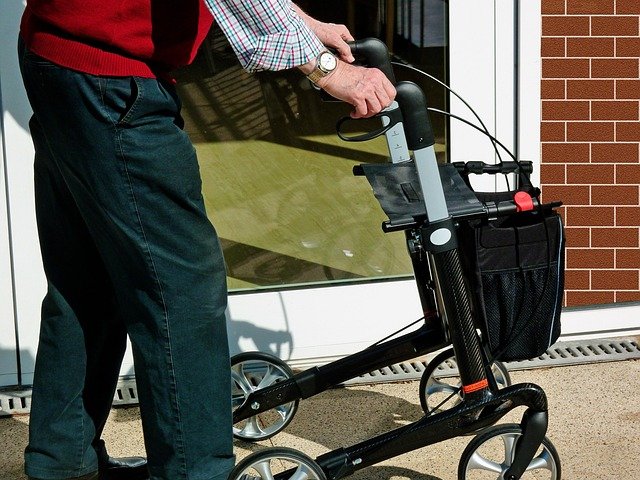Prefabricated Homes: Modern Living Solutions for Canadian Homeowners
Prefabricated homes have emerged as a transformative housing solution, offering Canadians an innovative approach to residential construction. These factory-built structures combine efficiency, sustainability, and customization, challenging traditional home-building methods. From urban centers to rural landscapes, prefab homes are redefining how Canadians think about housing design, construction, and environmental responsibility.

Why Choose Prefab Homes for Modern Living?
Modern prefabricated homes offer numerous advantages that align perfectly with contemporary lifestyle demands. Quality control stands as a primary benefit, as components are manufactured in controlled factory environments where weather delays and material waste are minimized. Canadian prefab homes are built to meet or exceed national building codes, ensuring structural integrity and energy efficiency standards.
The design flexibility of prefab homes allows homeowners to customize layouts, finishes, and architectural features according to their preferences and budget. Many manufacturers offer modular systems that can be expanded over time, making these homes suitable for growing families or changing needs. Additionally, prefab construction reduces on-site disruption, making it ideal for urban infill projects or environmentally sensitive locations.
Fast-Track Your Dream Home: Quick Prefab Construction
Construction timelines represent one of the most compelling reasons to consider prefabricated housing. While traditional homes typically require 6-12 months to complete, prefab homes can be manufactured and assembled in 3-6 months, depending on complexity and customization levels.
The streamlined process begins with design approval and site preparation while the home is simultaneously manufactured off-site. Once delivered, foundation work and assembly can occur rapidly since components arrive pre-fitted and ready for installation. Weather conditions have minimal impact on the manufacturing phase, eliminating many delays common in traditional construction. This efficiency translates to reduced labor costs, financing charges, and temporary accommodation expenses for homeowners.
Eco-Friendly & Efficient: Sustainable Prefab Homes
Environmental sustainability has become a cornerstone of modern prefab home design. Factory construction enables precise material calculations, reducing waste by up to 50% compared to traditional building methods. Many Canadian prefab manufacturers prioritize sustainable materials, including responsibly sourced lumber, recycled steel components, and low-emission insulation products.
Energy efficiency standards in prefab homes often exceed conventional construction due to controlled manufacturing environments that ensure proper insulation installation and air sealing. Many models achieve high energy performance ratings, qualifying for government rebates and reducing long-term utility costs. Solar panel integration, high-efficiency HVAC systems, and smart home technologies are increasingly standard features in modern prefab designs.
Beyond the Myths: True Facts About Prefab Homes
Several misconceptions persist about prefabricated housing that deserve clarification. Modern prefab homes are not temporary structures or mobile homes; they are permanent residences built to the same codes as site-built homes and often exceed quality standards due to controlled manufacturing conditions.
Financing options for prefab homes parallel traditional mortgages, with most major Canadian lenders offering comparable terms and rates. Resale values have improved significantly as public perception shifts and design quality advances. Insurance coverage is readily available through standard homeowner policies, as prefab homes meet all regional building requirements and safety standards.
The aesthetic limitations often associated with prefab housing are largely outdated. Contemporary manufacturers offer extensive customization options, architectural styles ranging from modern minimalist to traditional designs, and high-end finishes that rival custom-built homes.
Selecting Your Ideal Prefab Home: A Buyer’s Guide
Choosing the right prefab home requires careful consideration of several factors. Site conditions play a crucial role, as access for delivery trucks, foundation requirements, and local zoning regulations must be evaluated early in the process. Buyers should verify that their chosen location permits prefabricated construction and obtain necessary permits before proceeding.
Manufacturer selection involves researching company reputation, warranty offerings, and local service availability. Established companies typically provide comprehensive support from design through completion, including assistance with permits, site preparation coordination, and post-installation service. Reviewing completed projects and speaking with previous customers provides valuable insights into quality and customer satisfaction.
Budget planning should encompass the base home price, site preparation costs, foundation work, utility connections, and any desired upgrades. Financing pre-approval helps establish realistic parameters and streamlines the purchasing process.
| Provider | Home Type | Price Range (CAD) | Key Features |
|---|---|---|---|
| Bonneville Homes | Modular/Manufactured | $150,000-$400,000 | Energy Star certified, customizable layouts |
| Karoleena Homes | Prefab/Modular | $200,000-$600,000 | Modern designs, sustainable materials |
| Westwood Quality Homes | Manufactured/Modular | $120,000-$350,000 | Traditional styles, quick delivery |
| Method Homes | Prefab/Modern | $300,000-$800,000 | Contemporary architecture, eco-friendly |
Prices, rates, or cost estimates mentioned in this article are based on the latest available information but may change over time. Independent research is advised before making financial decisions.
The prefabricated home industry continues evolving to meet Canadian housing needs through innovation, sustainability, and affordability. These modern living solutions offer homeowners the opportunity to achieve their housing goals more efficiently while maintaining quality standards and design flexibility. As technology advances and manufacturing processes improve, prefab homes are positioning themselves as a mainstream housing option that addresses many challenges facing today’s homebuyers.




